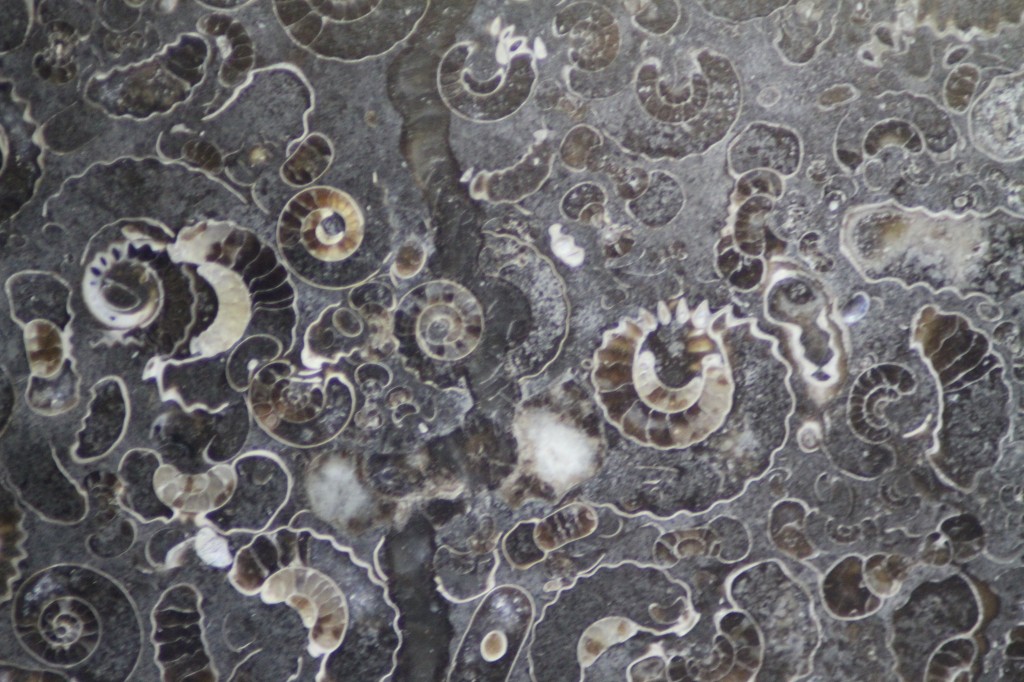Browsing the "Jurassic" Category
The Jurassic period is a division of earth’s history spanning from around 201 to 145 million years ago, and during which dinosaurs became the dominant land vertebrates. By the Early Jurassic, the supercontinent of Pangaea had split into Laurasia, in the north, and Gondwana, in the south. Separating them was the Tethys Ocean. Sea levels in the Jurassic were high and the climate was warm and humid, leading to the growth of vast forests of conifers and ferns. In the oceans, marine reptiles continued to diversify, as did ammonites. During the Jurassic, reef-building rudist bivalves and belemnite cephalopods appeared. On land, dinosaurs flourished; among the most successful were the giant long-necked sauropods. Bird-like dinosaurs such as Archaeopteryx began to appear. In the skies, pterosaurs were common.
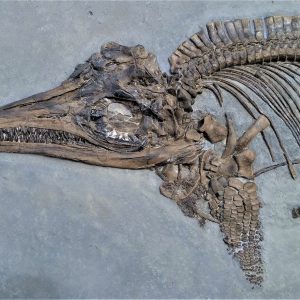
Published on January 7th, 2018 | by David Marshall
Ichthyosaurs are large marine reptiles that existed for most of the Mesozoic Era. The most familiar forms superficially represent dolphins, but some earlier ichthyosaurs were more eel like. They could attain huge proportions, with some genera [&hellip... Read More →
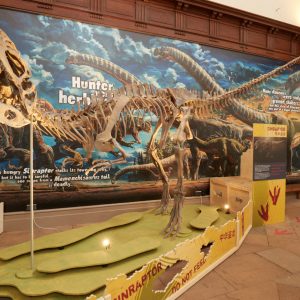
Published on October 17th, 2017 | by David Marshall
‘Dinosaurs of China’ at Wollaton Hall, Nottingham, UK, is a one-time only world exclusive exhibition of dinosaurs. Featuring fossils and specimens never before seen outside of Asia, the collection brings to life the story of how [&hellip... Read More →
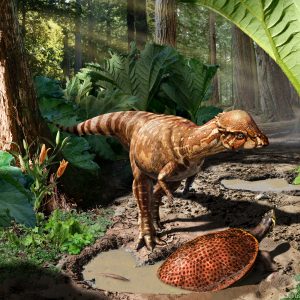
Published on October 1st, 2016 | by Liz Martin-Silverstone
The last 10 years has shown a large increase in the number of new species and new discoveries of dinosaurs, as well as the number of papers written. It seems that almost every week there is a [&hellip... Read More →
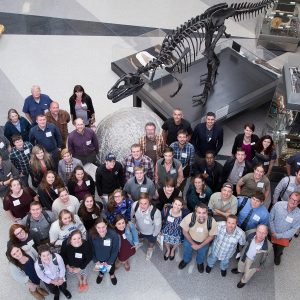
Published on June 2nd, 2016 | by Caitlin Colleary
The Southeastern Association of Vertebrate Paleontology (SeAVP) conference took place on May 16 at the Virginia Museum of Natural History (VMNH) in Martinsville, VA. The conference included students and faculty from nearly a dozen institutions from [&hellip... Read More →
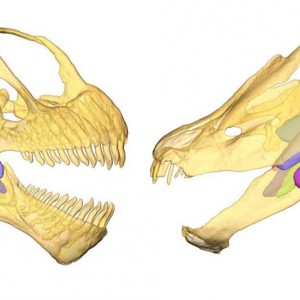
Published on March 4th, 2016 | by Joe Keating
Diet is perhaps the most important aspect of ecology. As such, understanding the diet of extinct animals is crucial if we wish to reconstruct the ecosystems of the past. However, determining what was on the menu [&hellip... Read More →
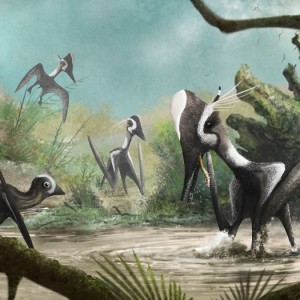
Published on November 15th, 2015 | by Liz Martin-Silverstone
Pterosaurs were the first vertebrates to achieve powered flight, and lived in the skies above the dinosaurs during the Mesozoic. They’re often mistakenly identified as dinosaurs, but are in fact a separate, closely related group. This [&hellip... Read More →
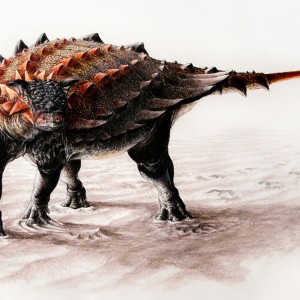
Published on October 15th, 2015 | by Liz Martin-Silverstone
Ankylosaurs are a group of non-avian dinosaurs best known for their armour, tank-like bodies, and sometimes large tail clubs. First appearing in the Jurassic, they were common in Late Cretaceous ecosystems, with several species known from [&hellip... Read More →
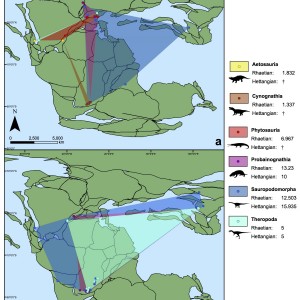
Published on August 11th, 2015 | by Liz Martin-Silverstone
A new study out today looks at the question of whether or not geographically widespread species are less likely to become extinct, using the Triassic-Jurassic boundary extinction event. Alex Dunhill from the University of Leeds had [&hellip... Read More →
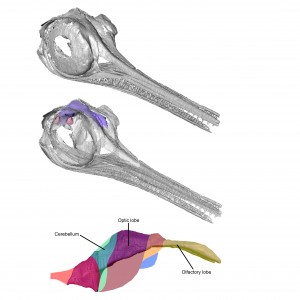
Published on June 12th, 2015 | by Liz Martin-Silverstone
A new study out today has produced the world’s first ichthyosaur endocast, which can tell us a lot more about how these ancient marine reptiles were adapted for life in the oceans. Ryan Marek from the [&hellip... Read More →
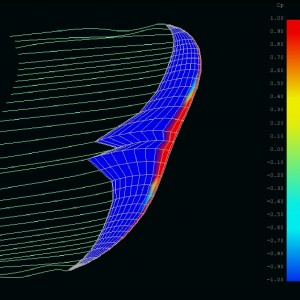
Published on April 1st, 2015 | by Liz Martin-Silverstone
Palaeontology is more than just going out into the field, digging up bones, and putting them back together. A good understanding of biology, geology, and even engineering can help to figure out how extinct animals lived [&hellip... Read More →






















